“Vessel Orchestra” is the first sound-based installation commissioned by The Met. The exhibition includes a musical instrument, a series of live performances, and an installation composed of thirty-two sculptures, utilitarian vessels, and decorative objects selected by Beer from the museum’s collection. Chosen for their natural pitches, which range from low C to high G on the chromatic musical scale, the vessels form an arresting and unexpectedly versatile instrument, comparable to an organ with multiple pipes. During museum hours, a pre-programmed audio interface will play a new composition written by Beer, activating the vessels to play in real time. On Friday evenings, the exhibition features a diverse group of guest artists who perform new compositions and improvisations on this radical musical instrument.
“Vessel Orchestra” is on view through August 11 at The Met Breuer 945 Madison Ave, New York, NY. photographs courtesy of The Metropolitan Museum of Art


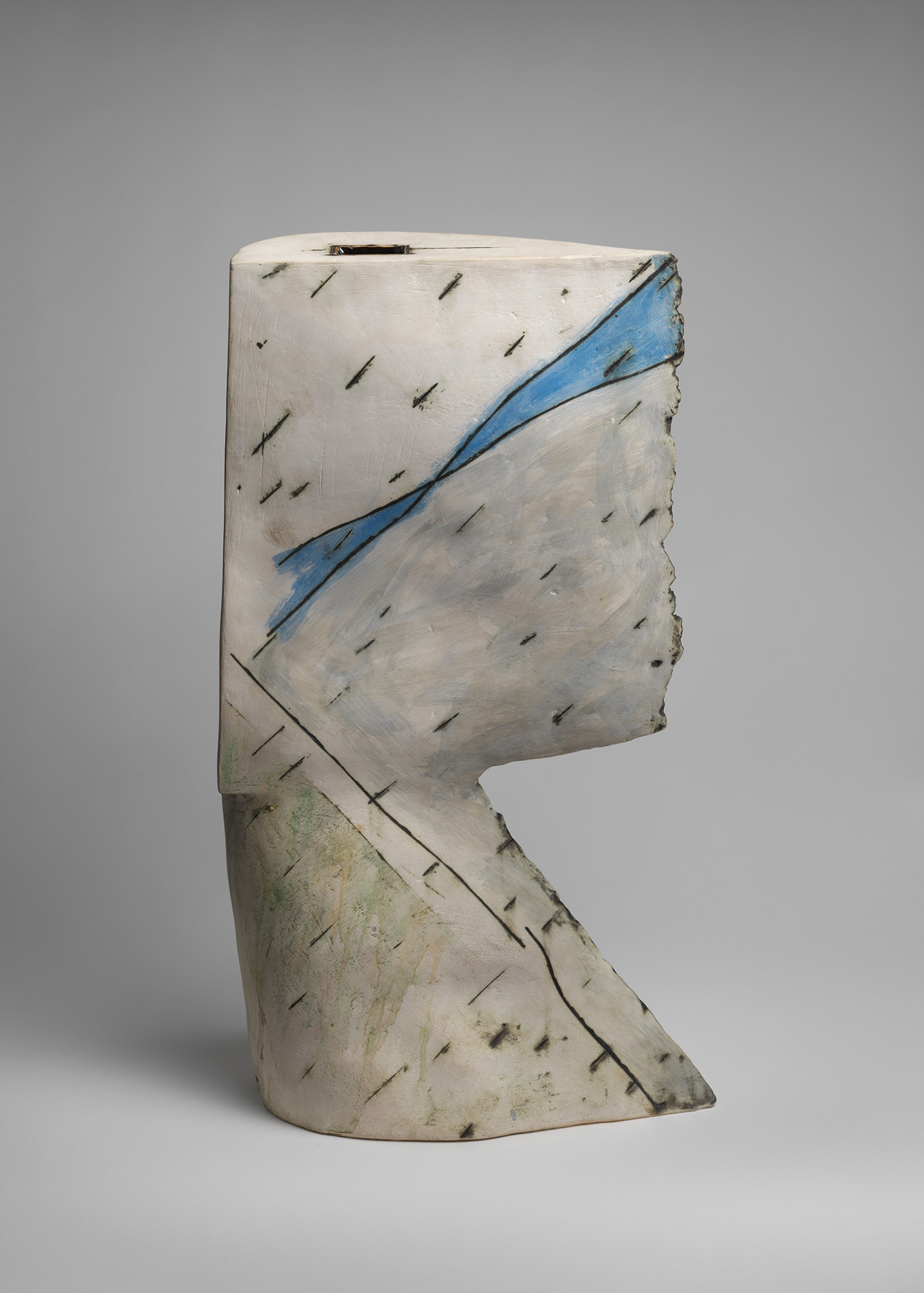
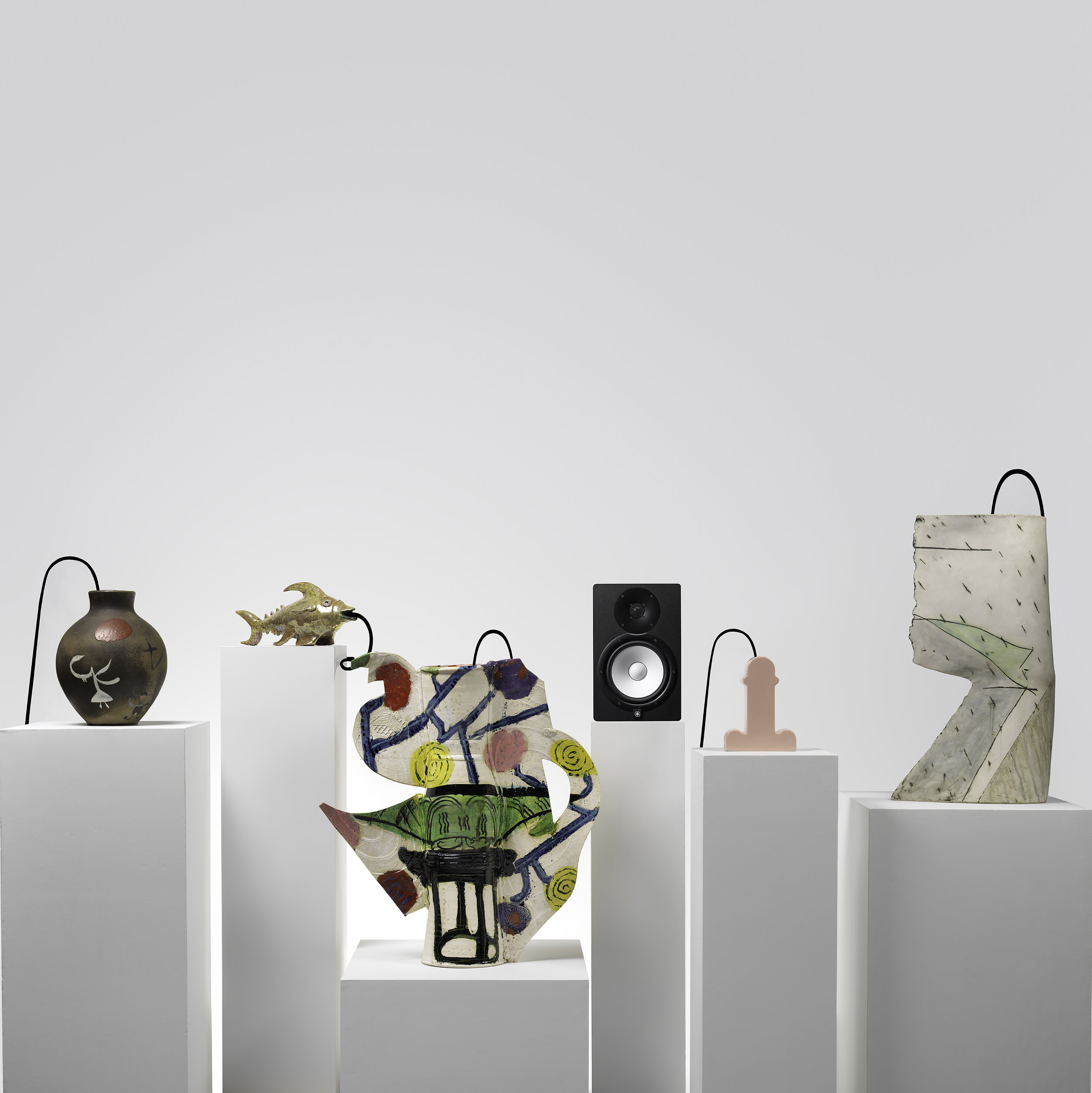
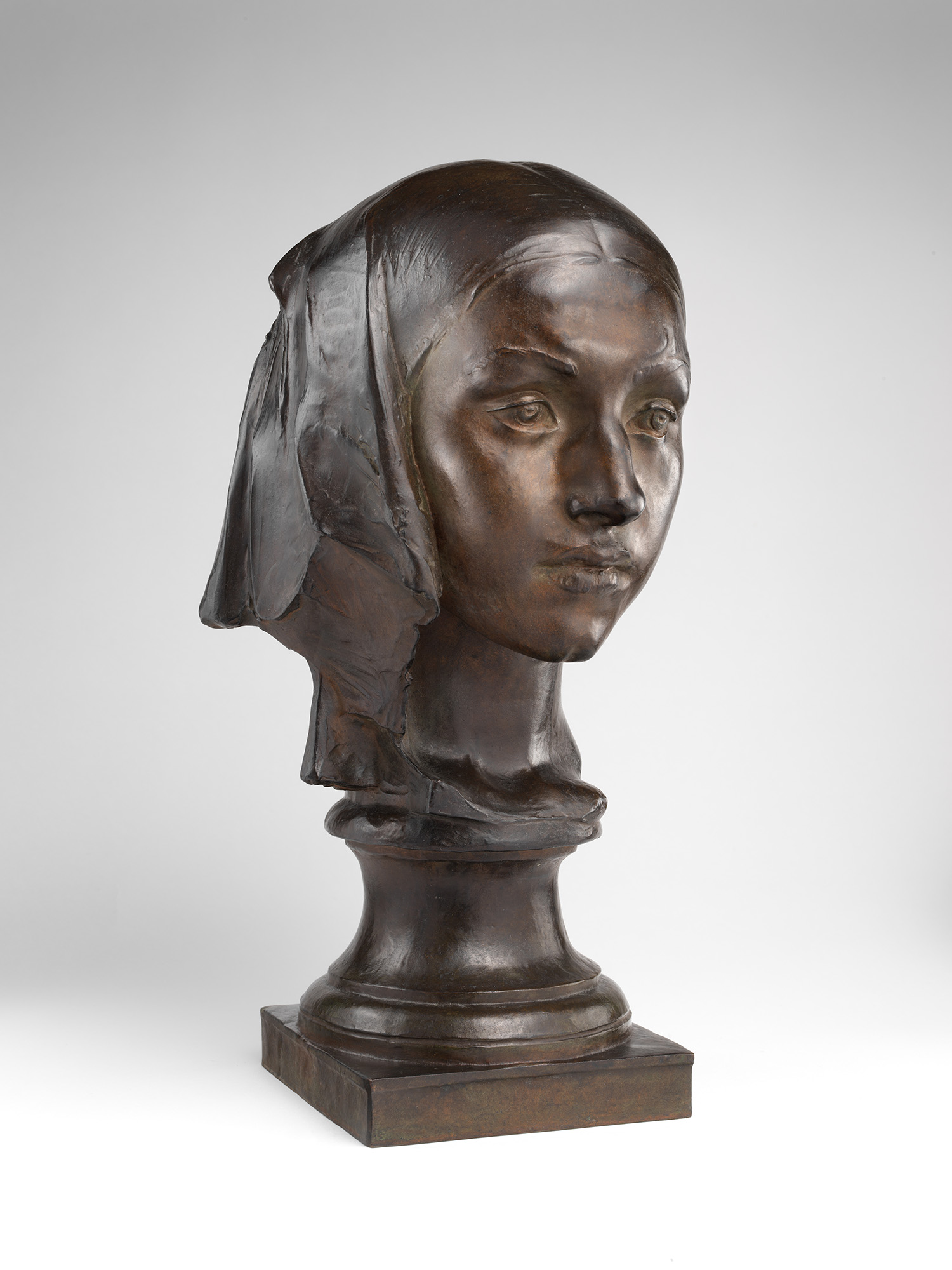

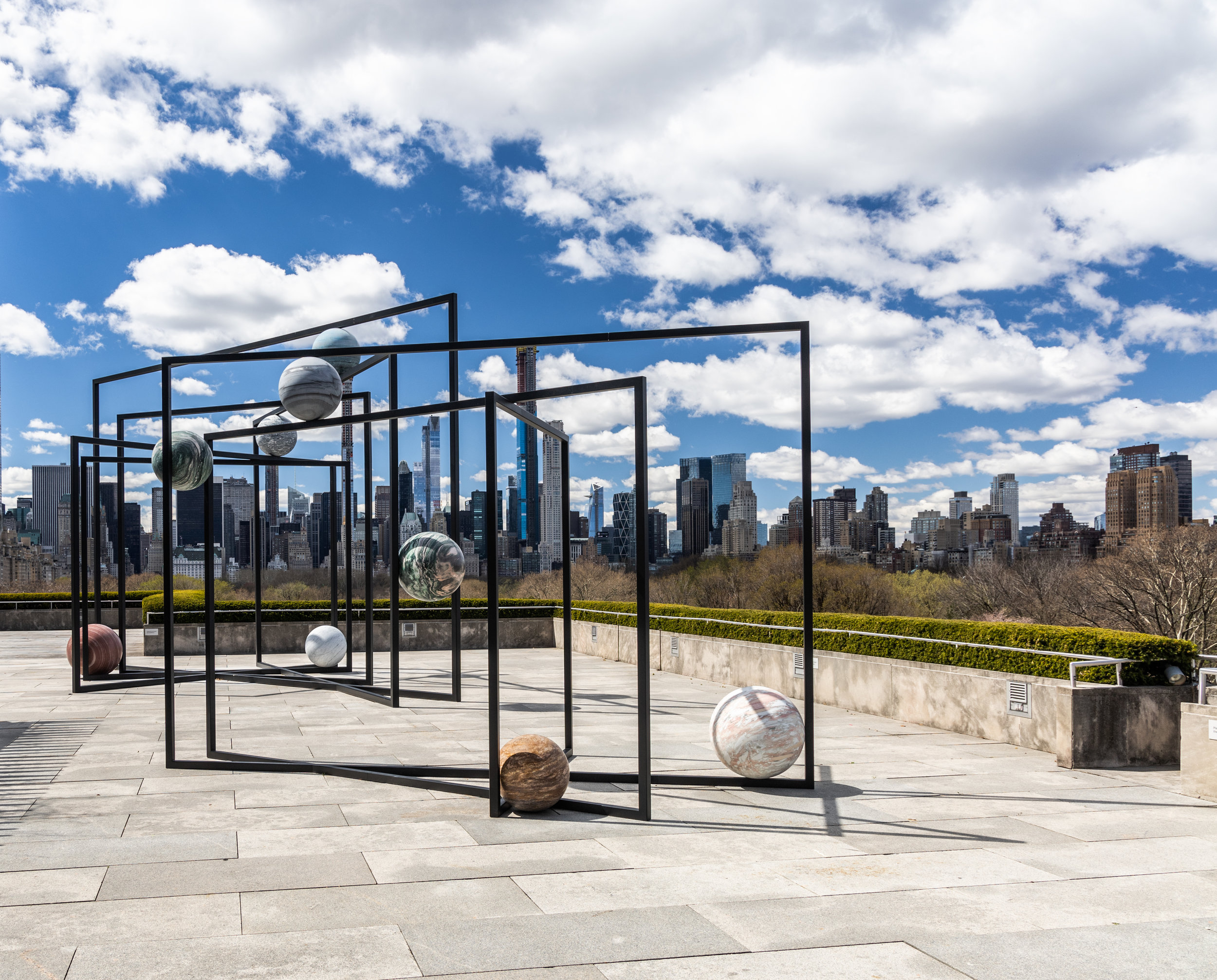
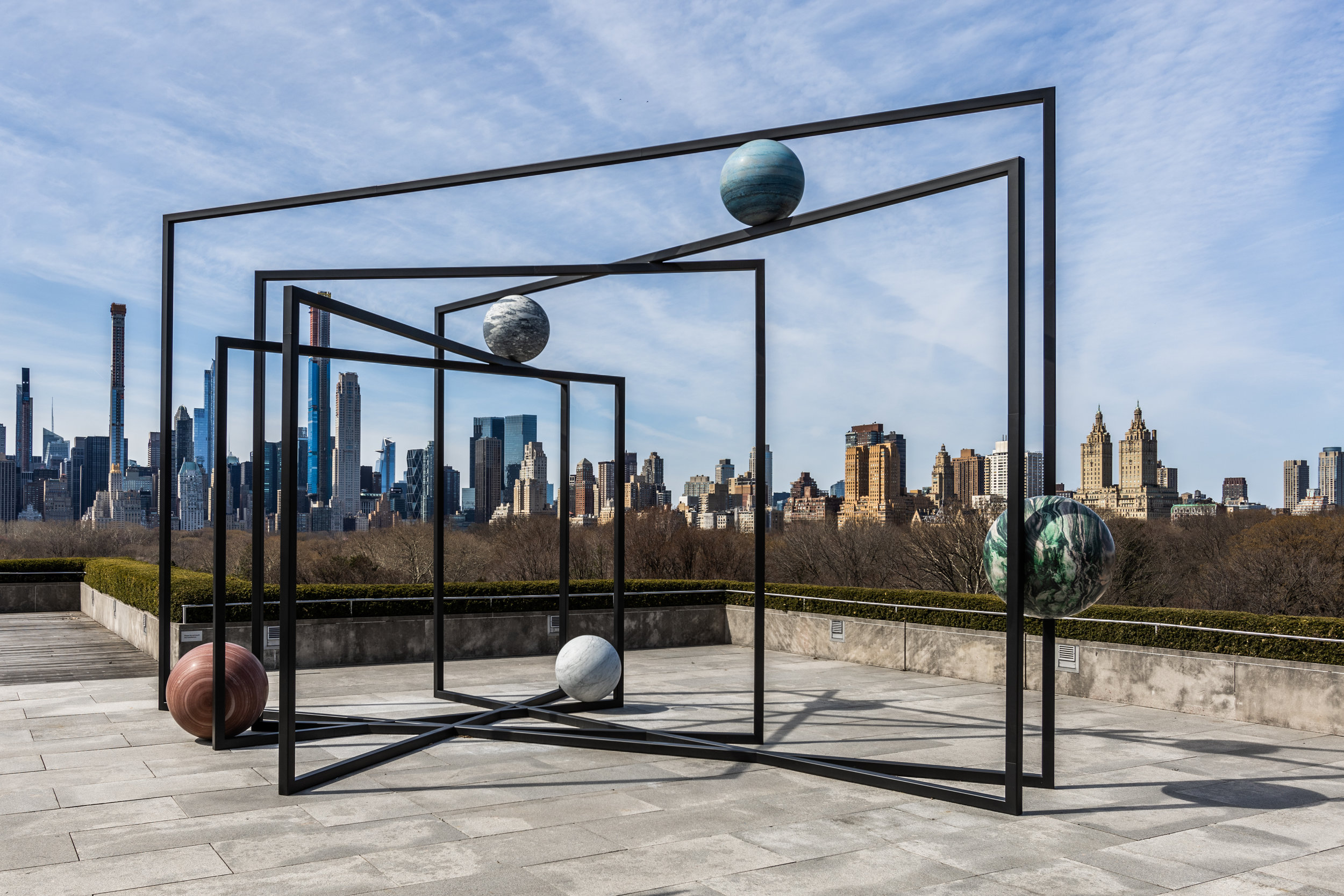
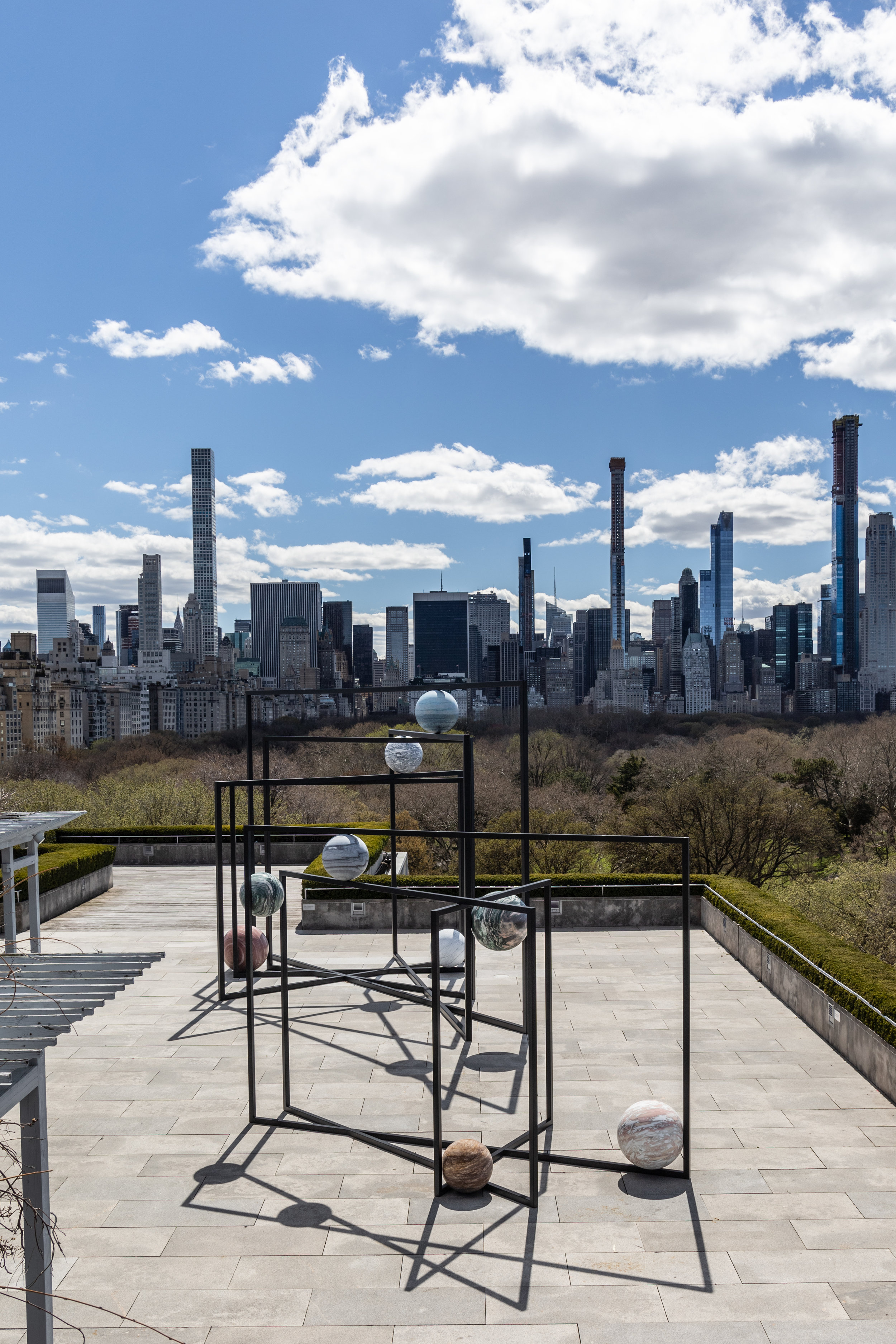
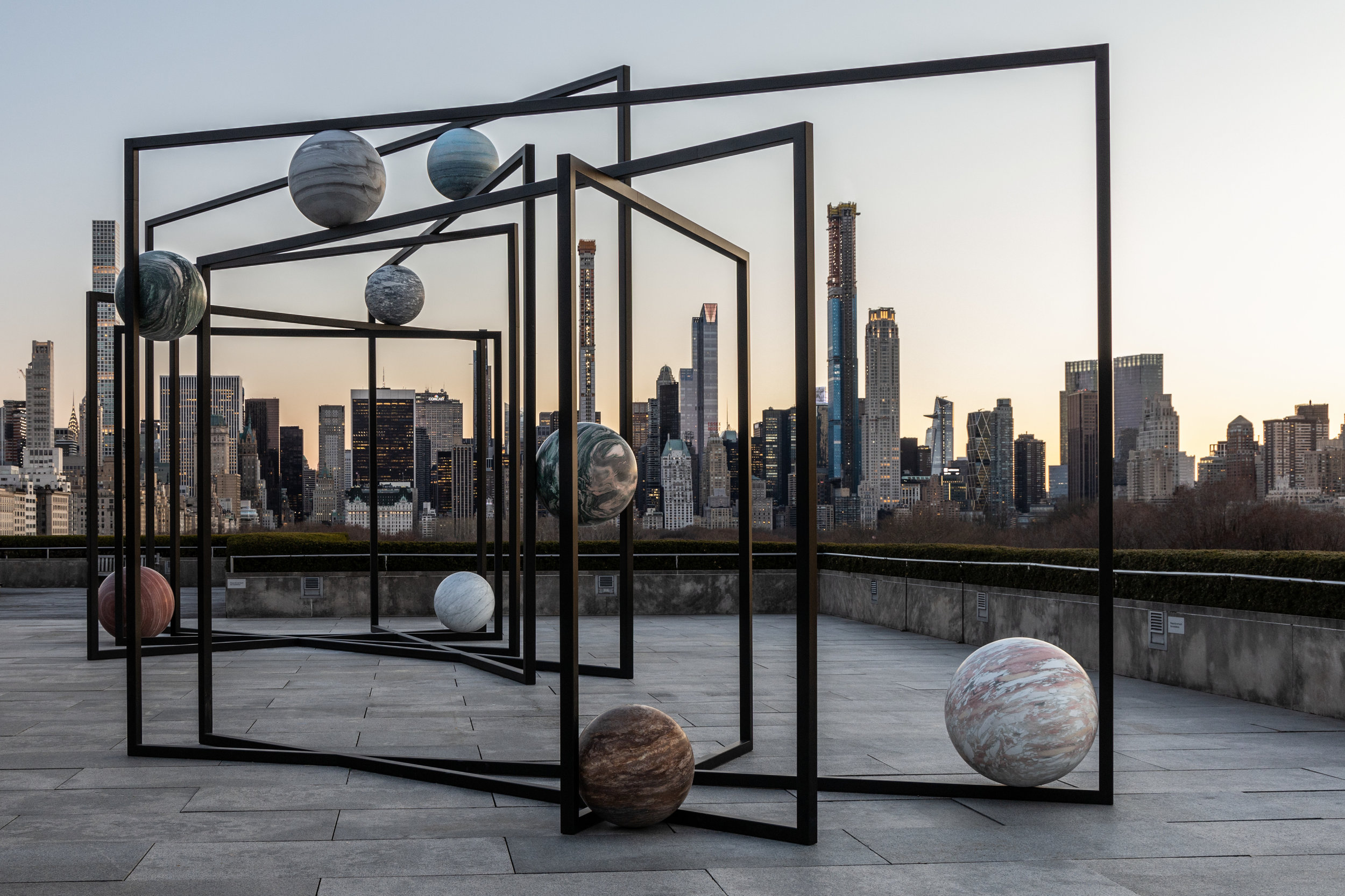
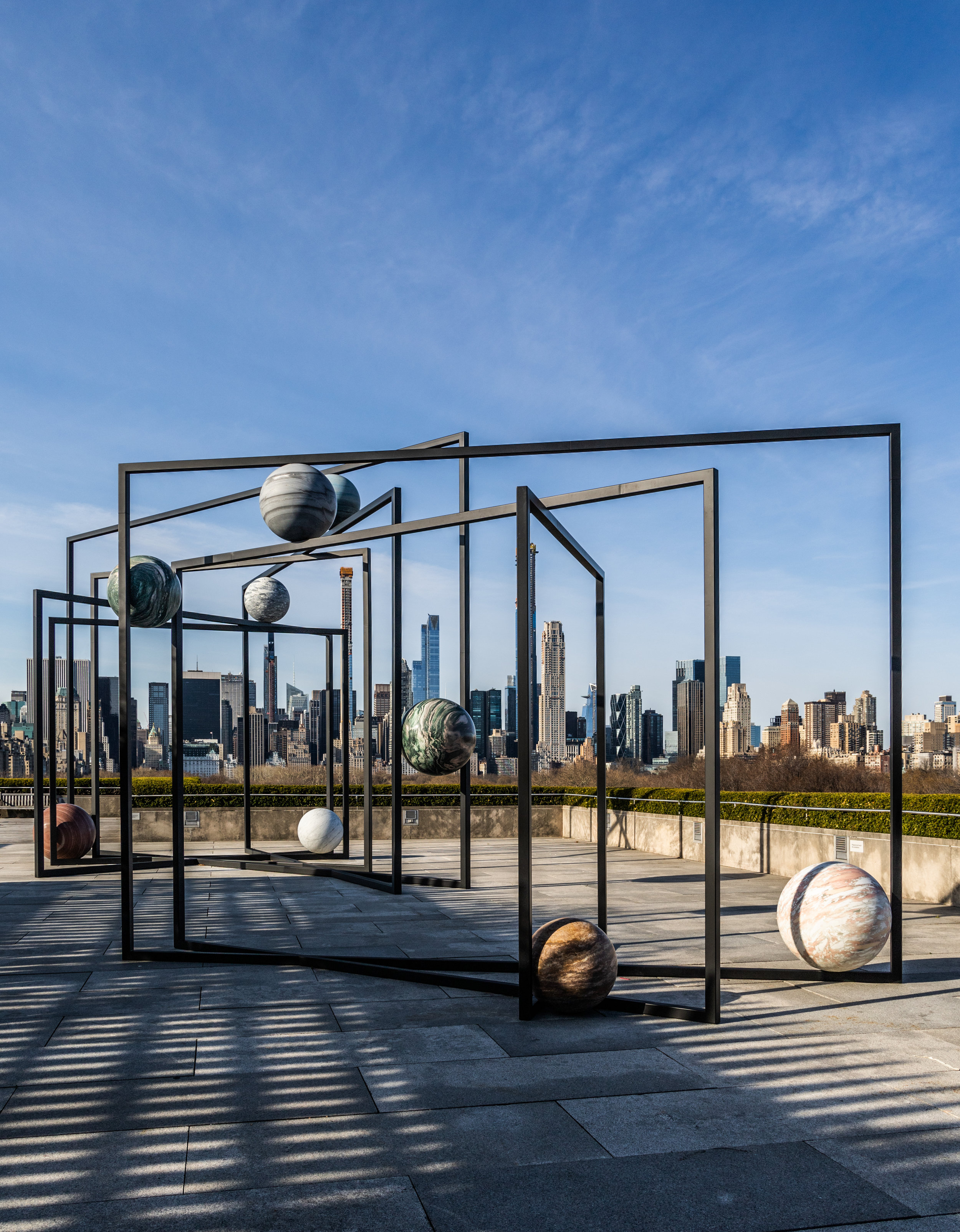
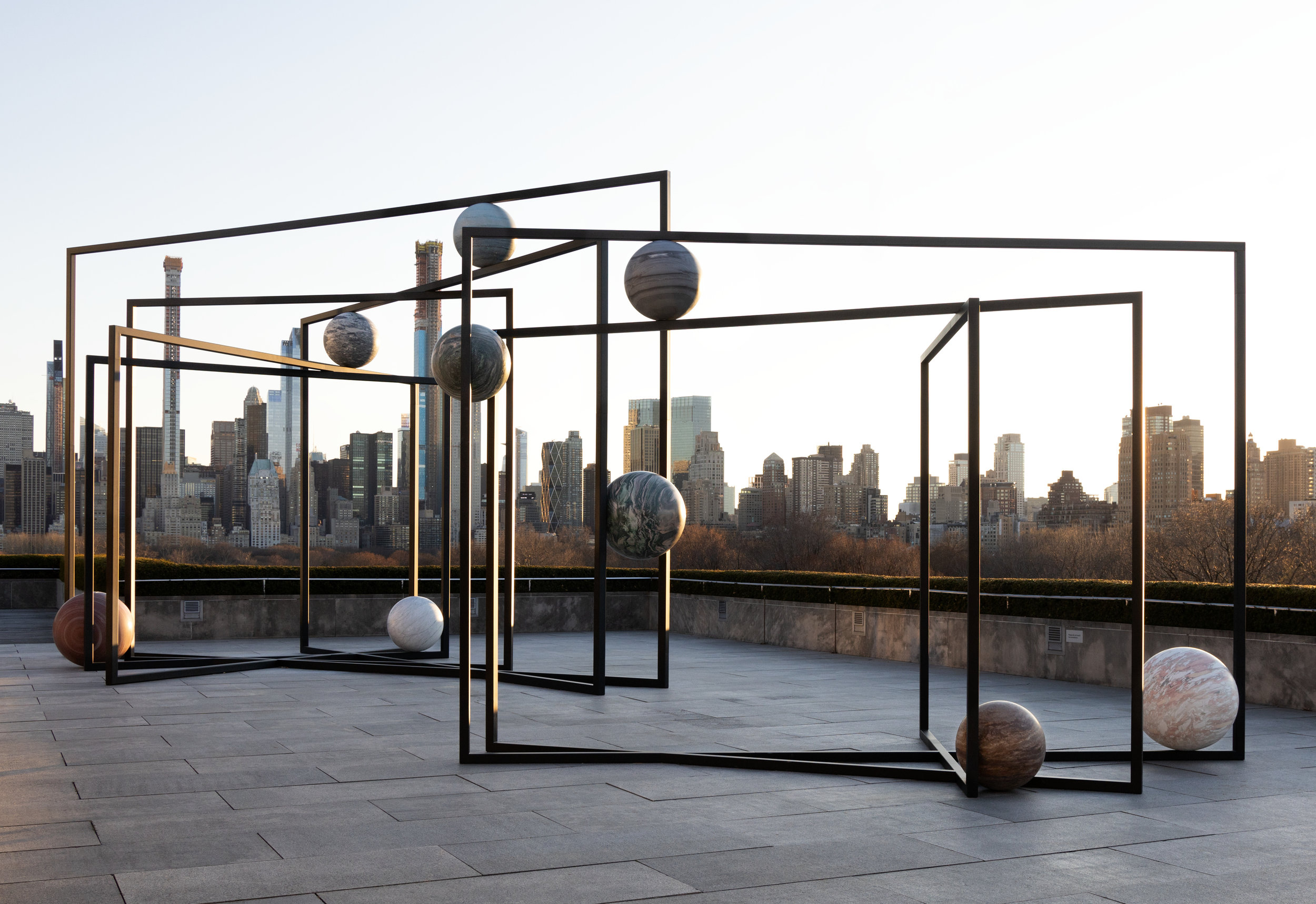

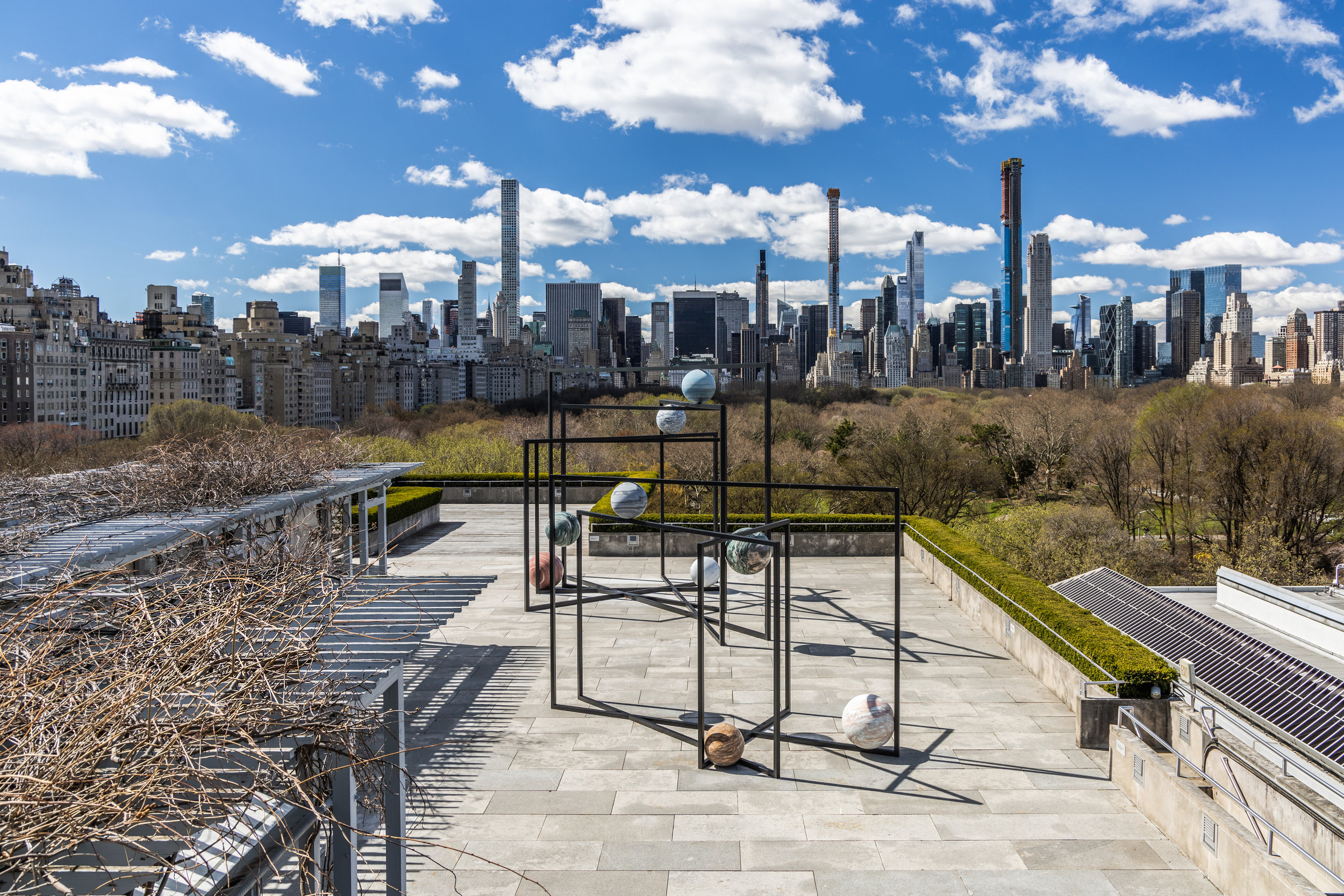
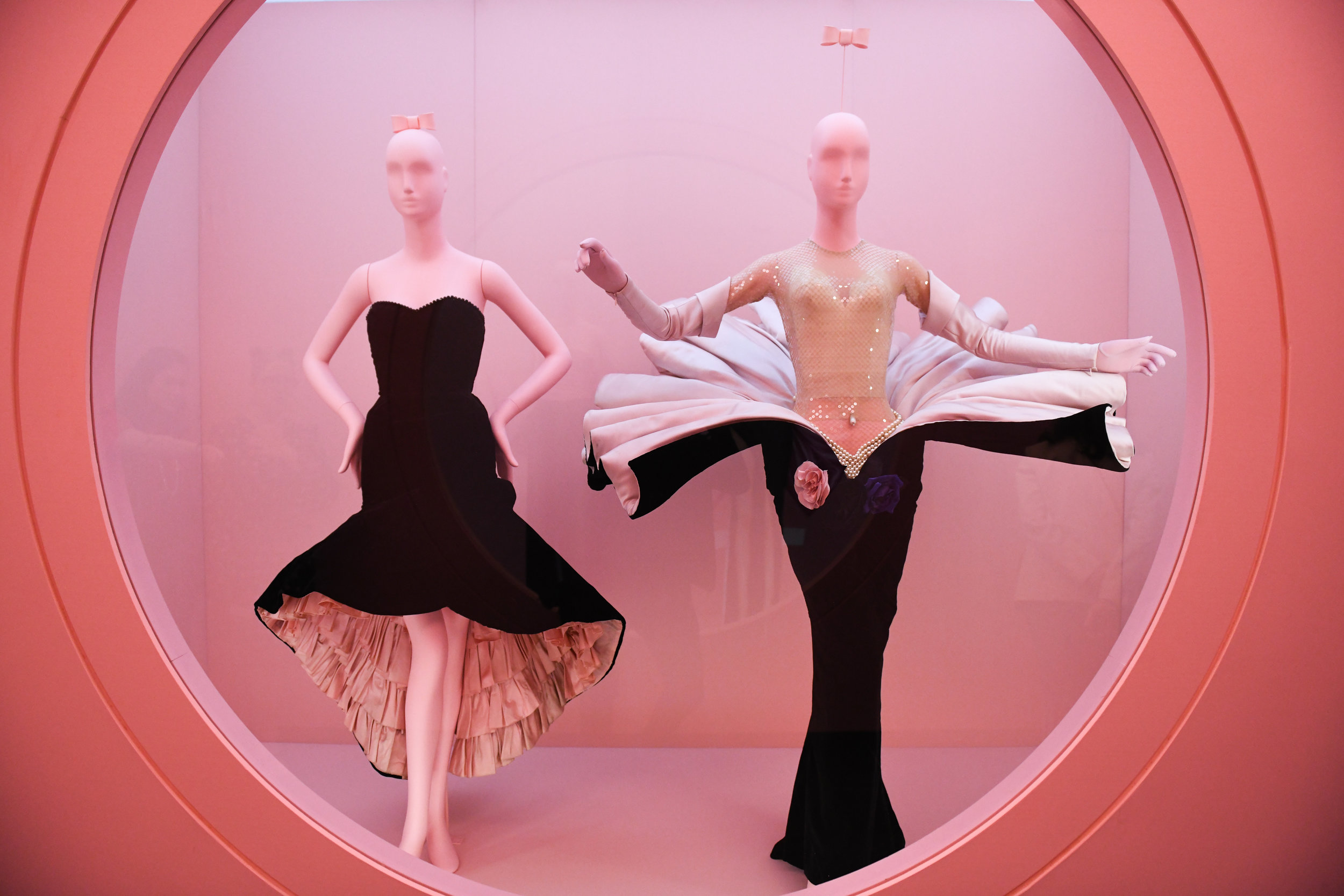
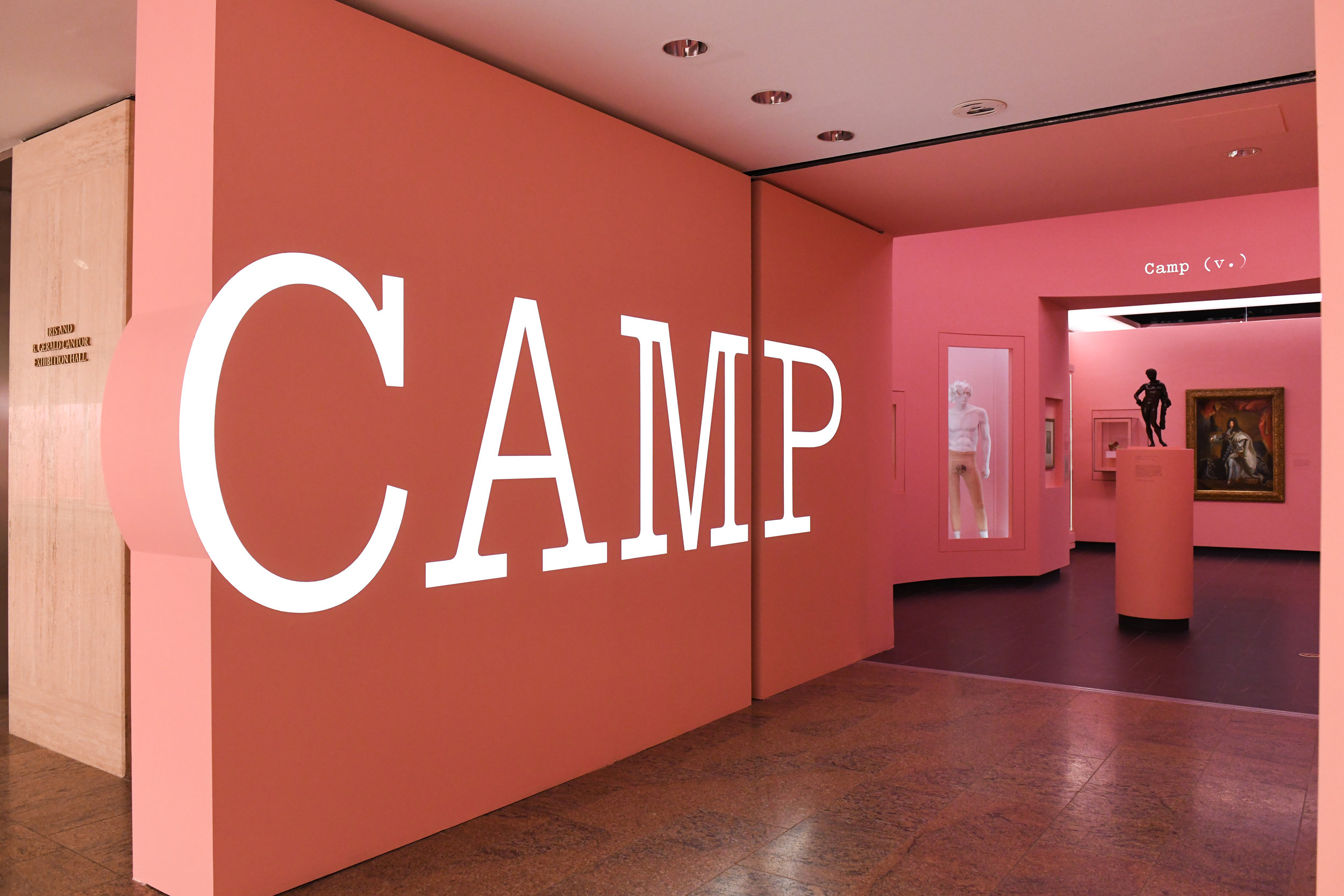
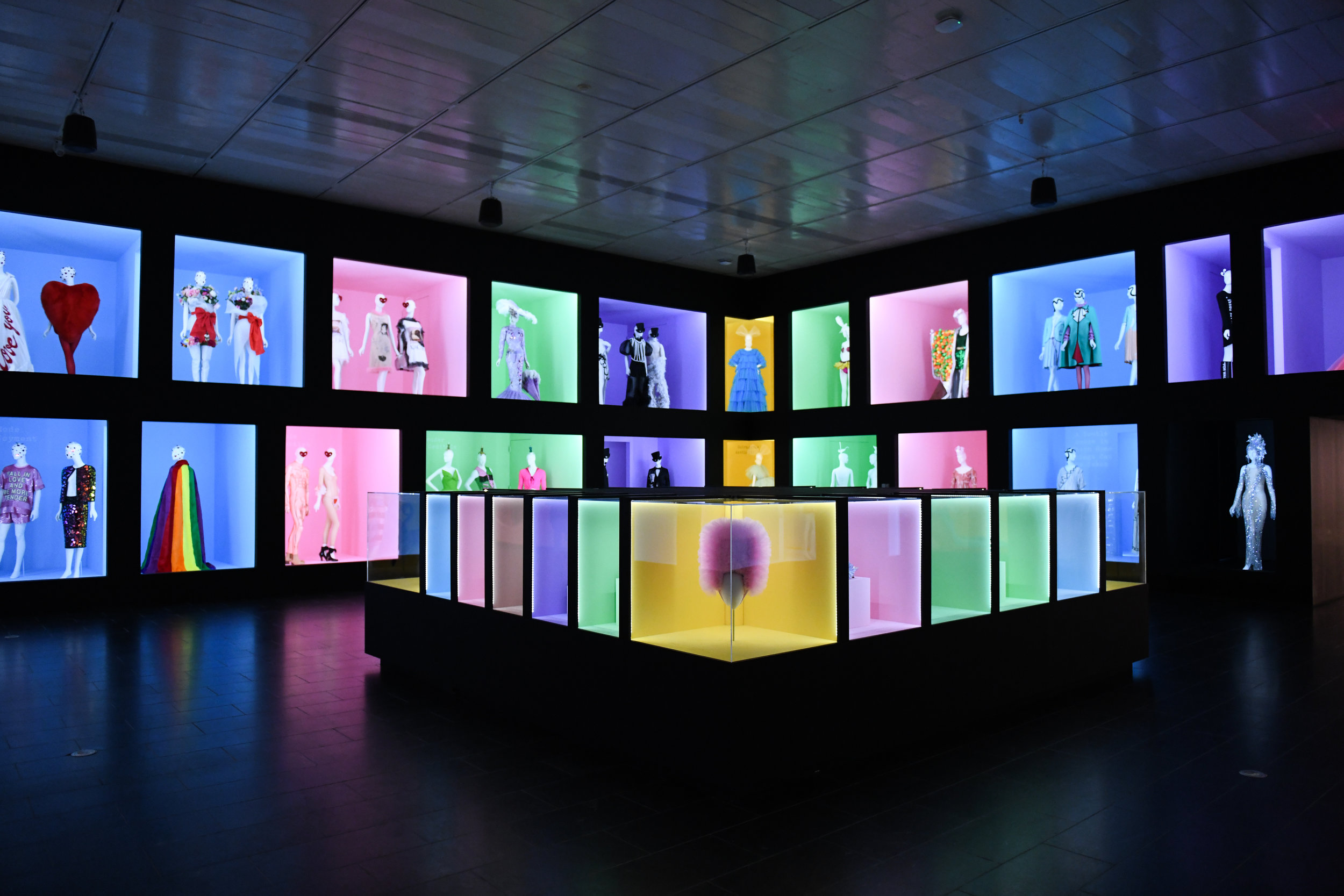
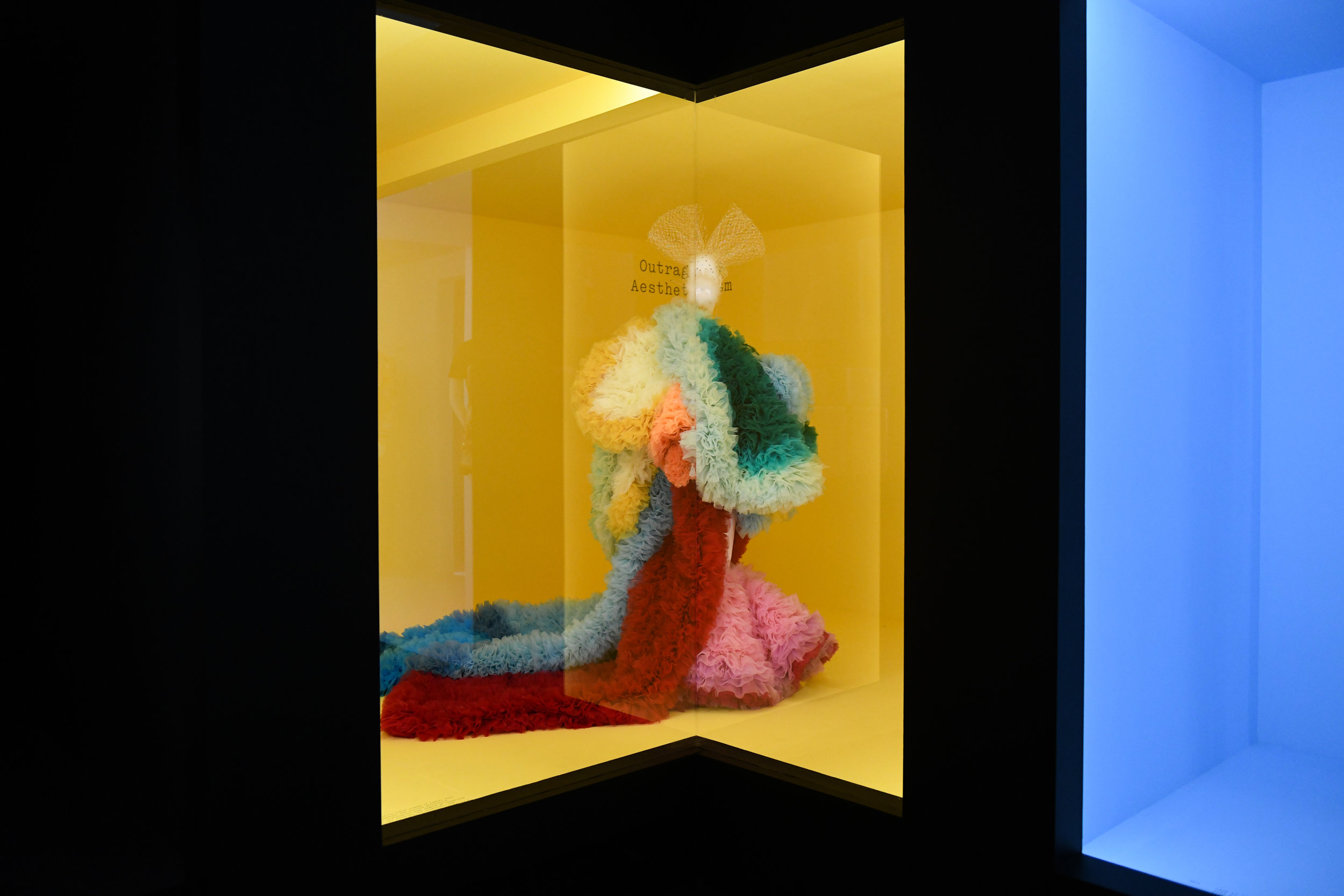


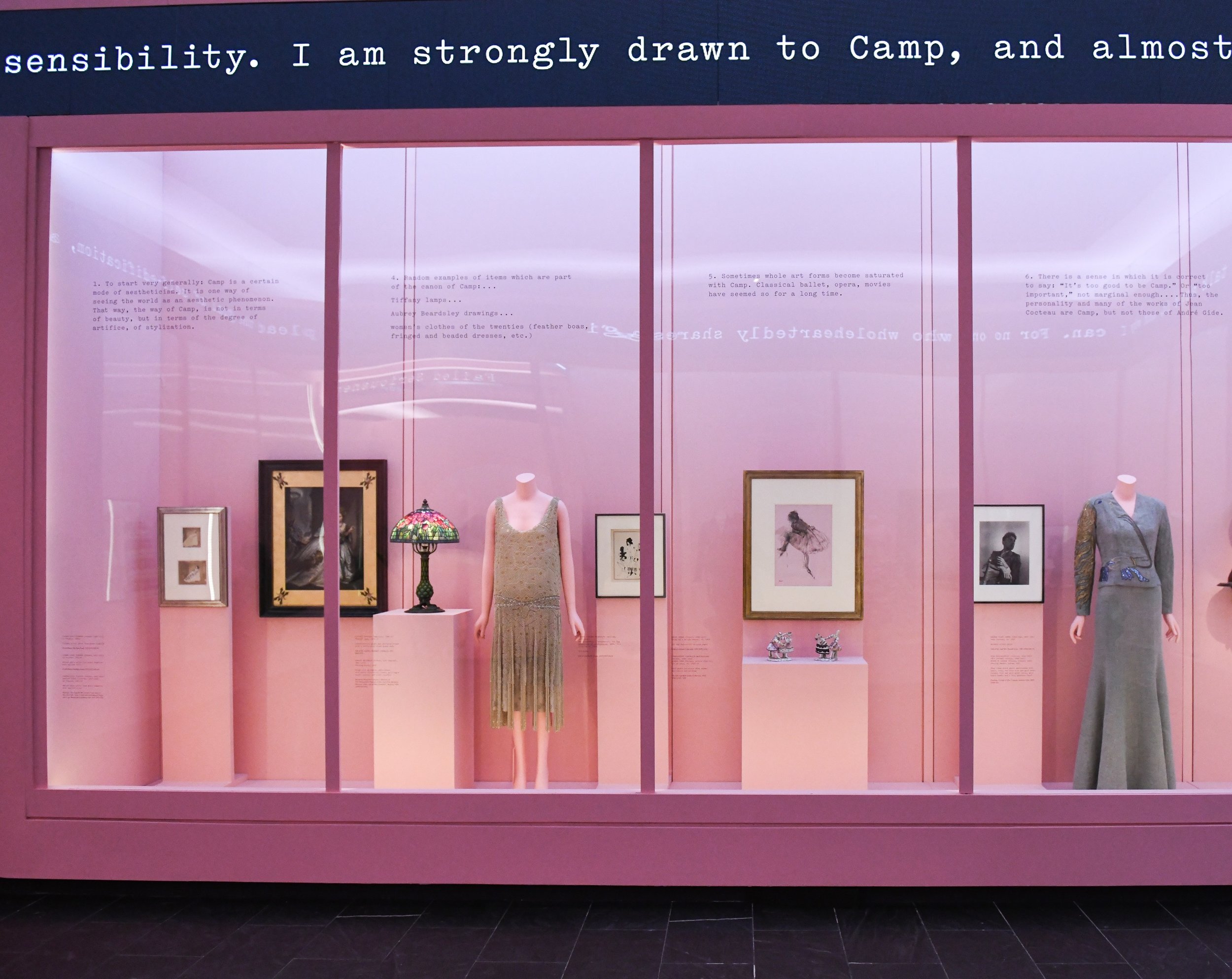
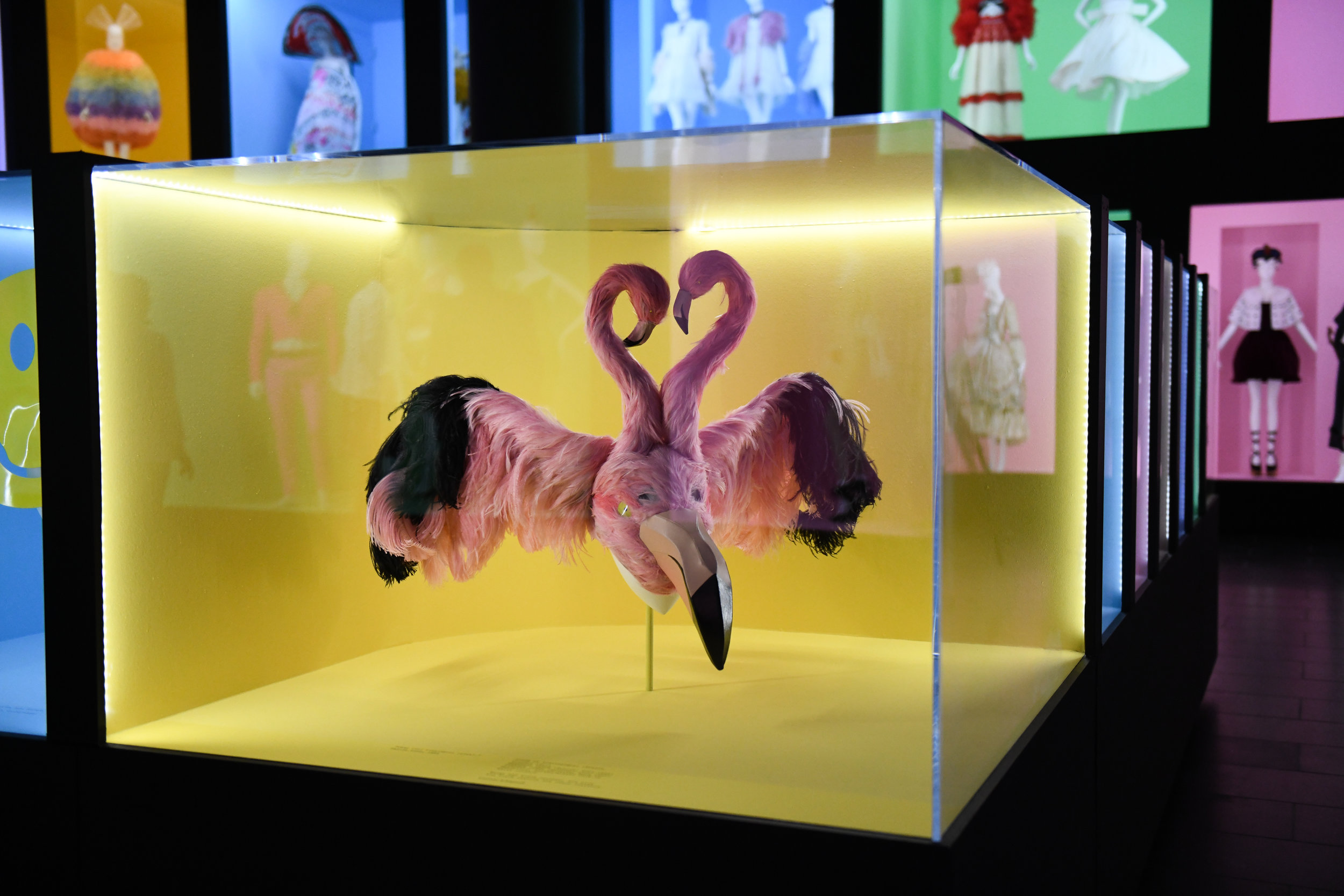
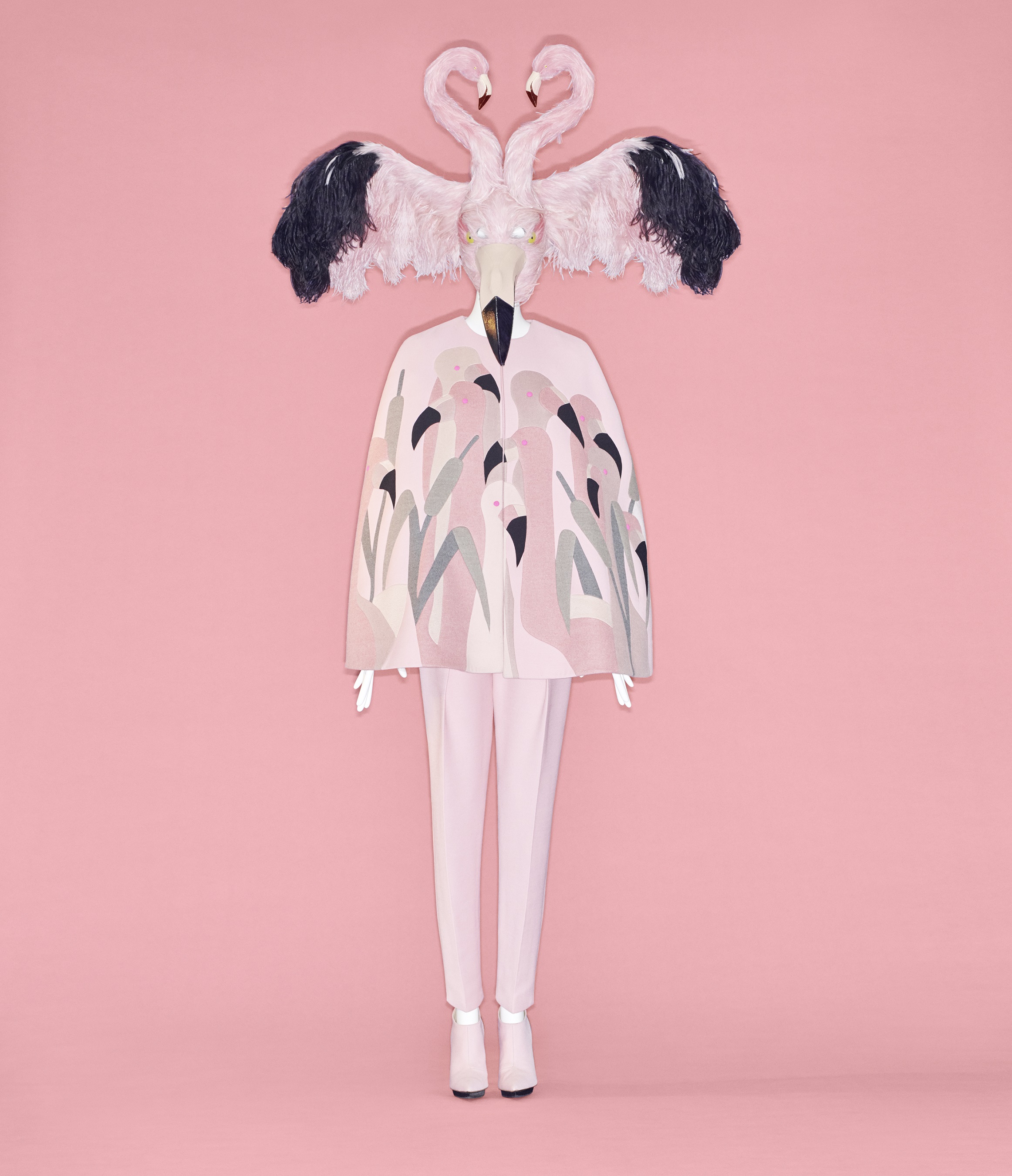
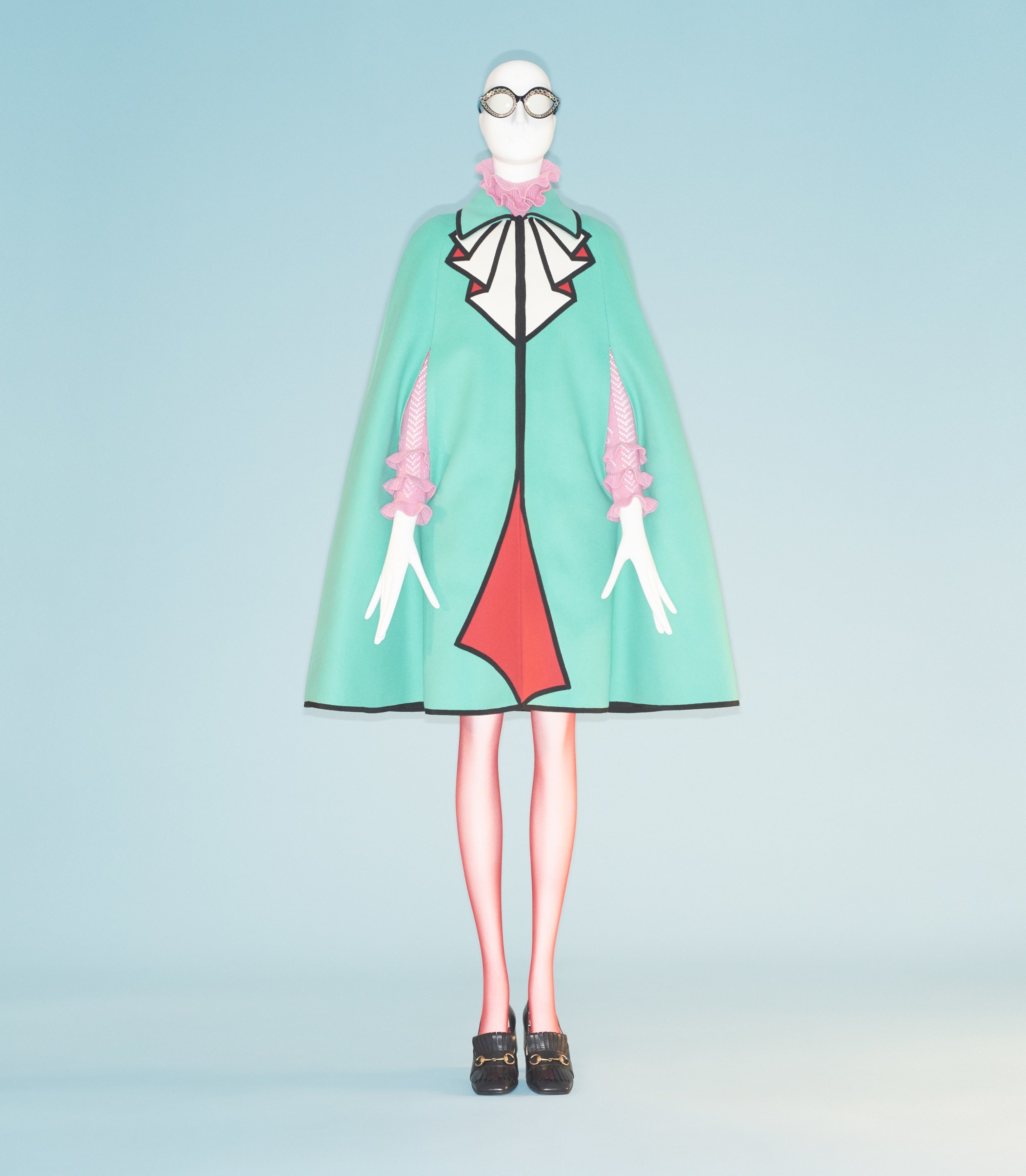
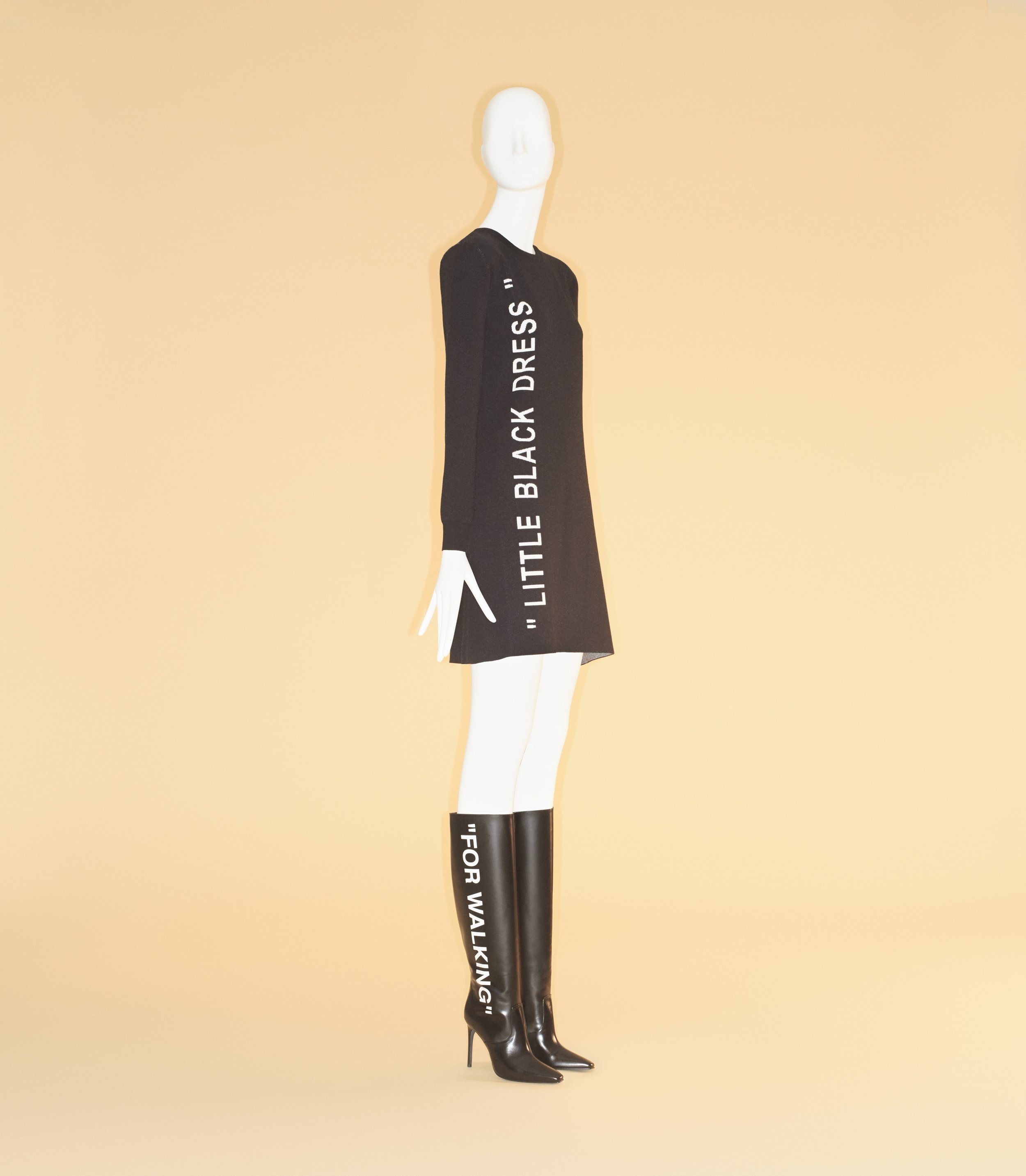
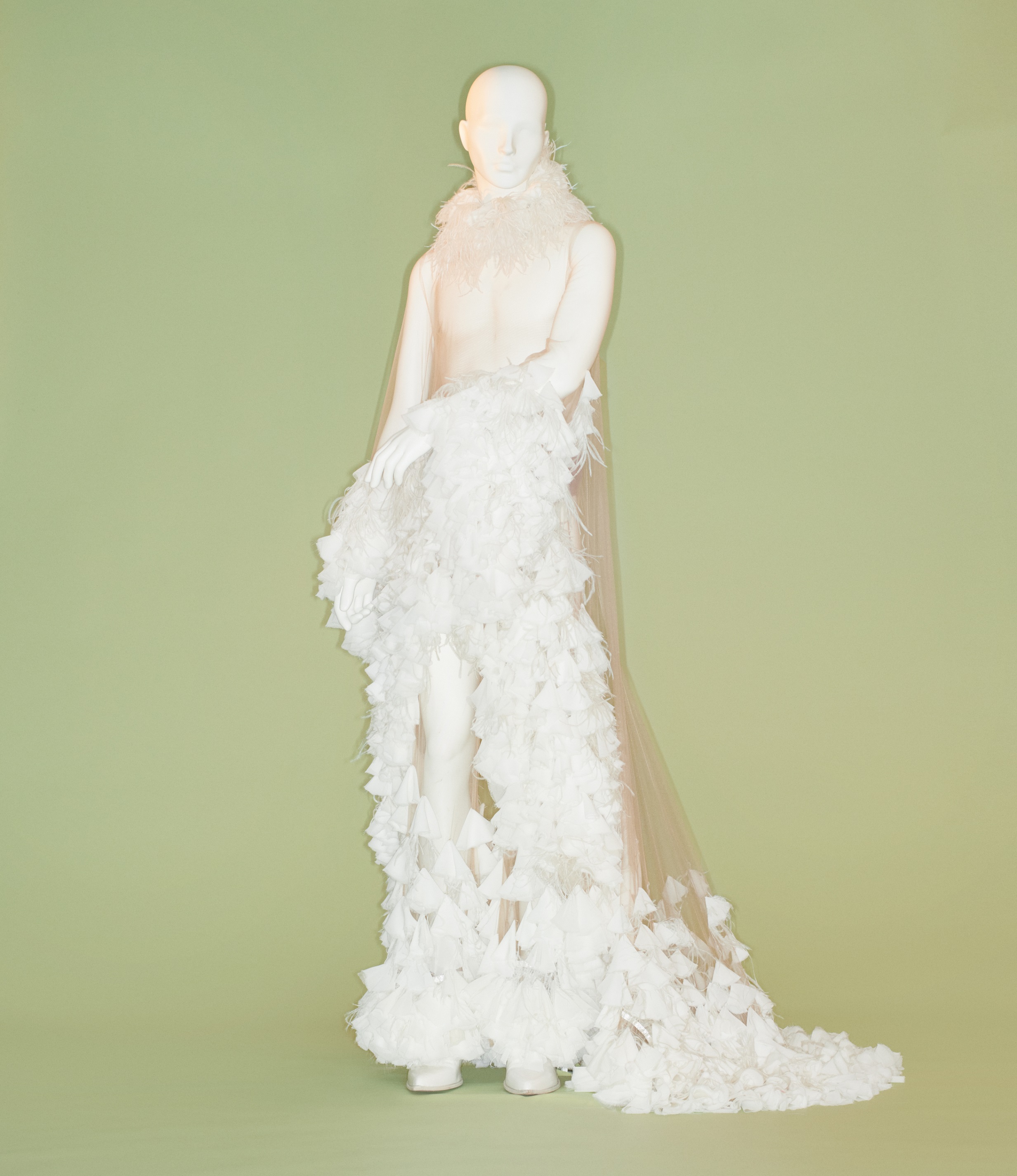

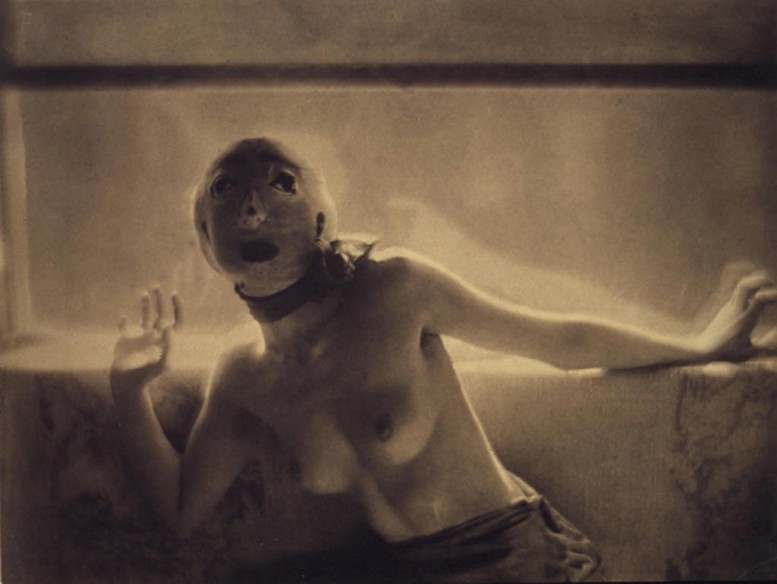 Adolph de Meyer 'Dance Study' 1912 - Alfred Steiglitz Collection
Adolph de Meyer 'Dance Study' 1912 - Alfred Steiglitz Collection